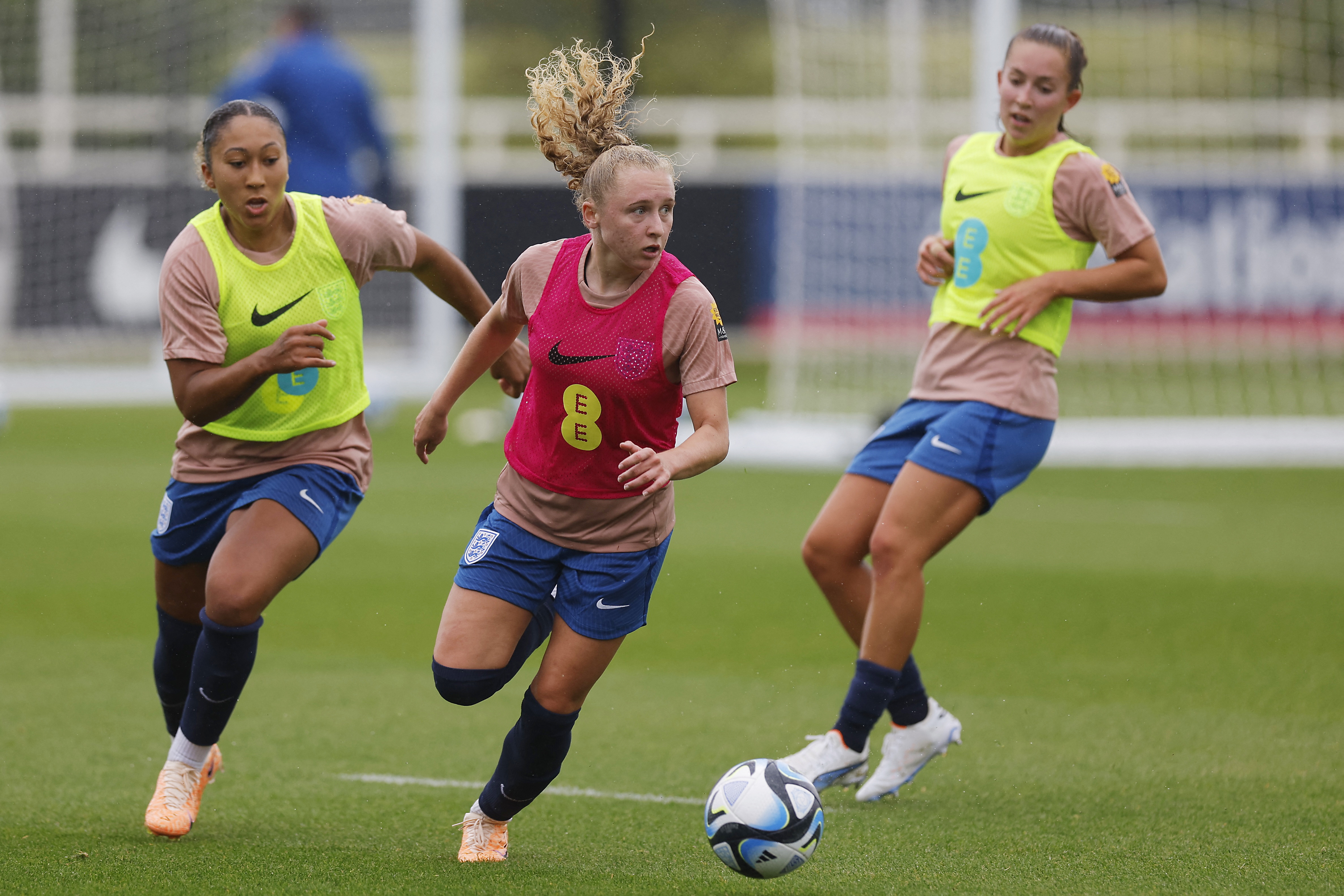The Straw That Broke the Horse’s Back: Is Lower Back Pain Self-limiting in Equestrians?
Equestrian is a sport that combines power and skill from both the riders and the horse. This unique blend of animal physical capacity and human skill presents unique challenges to practitioners working with this community. Christie Wolhuter discusses low back pain in equestrians and provides practitioners with guidance in managing this population.
Lower back pain is a complex, multi-factorial problem(1). There has been a significant rise in diagnostic and treatment options, but current treatments have paradoxically increased the severity and chronicity of low back pain(2). Horse riders have considerably high incidences of lower back pain(3). For example, researchers from Germany surveyed 508 riders with an average age of 33,5 and found that 73% had incidences of lower back pain(3). Furthermore, their VAS score was also higher in the rider group at ±3.4 than at ±0.7 in the control group(3).
However, there is no conclusive MRI evidence to suggest that horse riding accelerates spinal degeneration(3). To add more complexity, MRI and X-ray are largely unhelpful in identifying the root cause of an individual’s pain, and incidental morphology findings in asymptomatic individuals are fairly common(4). It is unknown if the high incidence is due to the kinematics of horseback riding or other factors.
In the puzzle to understand why horse riders seem to have such high incidences of back pain, practitioners must look at how the rider interacts with the horse. The relationship between the horse and the rider is known as the horse-rider dyad. There are multiple equestrian disciplines, such as show jumping and dressage—these two are most popular globally (see figure 1 and 2). However, regarding horse-rider kinematics, the principles are similar across most types of riding.
You need to be logged in to continue reading.
Please register for limited access or take a 30-day risk-free trial of Sports Injury Bulletin to experience the full benefits of a subscription. TAKE A RISK-FREE TRIAL
TAKE A RISK-FREE TRIAL
Newsletter Sign Up
Subscriber Testimonials
Dr. Alexandra Fandetti-Robin, Back & Body Chiropractic
Elspeth Cowell MSCh DpodM SRCh HCPC reg
William Hunter, Nuffield Health
Newsletter Sign Up
Coaches Testimonials
Dr. Alexandra Fandetti-Robin, Back & Body Chiropractic
Elspeth Cowell MSCh DpodM SRCh HCPC reg
William Hunter, Nuffield Health
Be at the leading edge of sports injury management
Our international team of qualified experts (see above) spend hours poring over scores of technical journals and medical papers that even the most interested professionals don't have time to read.
For 17 years, we've helped hard-working physiotherapists and sports professionals like you, overwhelmed by the vast amount of new research, bring science to their treatment. Sports Injury Bulletin is the ideal resource for practitioners too busy to cull through all the monthly journals to find meaningful and applicable studies.
*includes 3 coaching manuals
Get Inspired
All the latest techniques and approaches
Sports Injury Bulletin brings together a worldwide panel of experts – including physiotherapists, doctors, researchers and sports scientists. Together we deliver everything you need to help your clients avoid – or recover as quickly as possible from – injuries.
We strip away the scientific jargon and deliver you easy-to-follow training exercises, nutrition tips, psychological strategies and recovery programmes and exercises in plain English.










